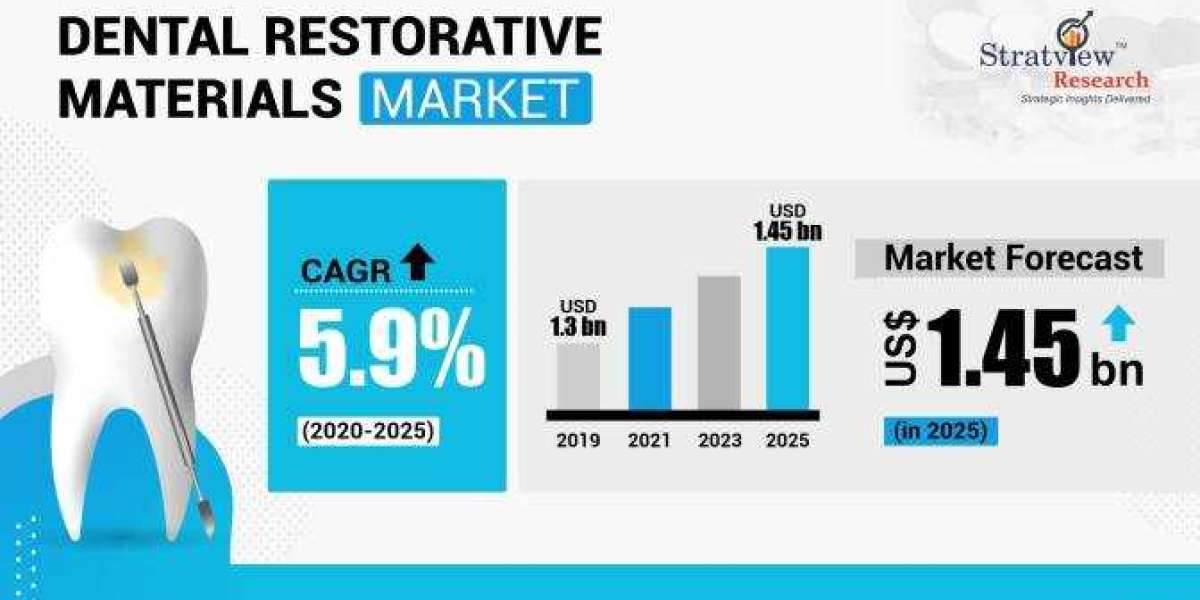Maintaining good oral health is essential for a bright and healthy smile. Unfortunately, factors like tooth decay, trauma, or natural wear and tear can lead to dental problems that require restorative treatments. Thanks to advancements in dental technology, there are now a variety of dental restorative materials available to repair and restore damaged teeth. In this comprehensive guide, we will explore the different types of dental restorative materials, their benefits, and their applications. The dental restorative materials market was estimated to grow from USD 1.3 billion in 2019 to USD 1.45 billion by 2025 at a CAGR of 5.9% during the forecast period.
Amalgam:
Amalgam has been used in dentistry for over a century and is composed of a mixture of metals, including silver, tin, copper, and mercury. It is a durable and cost-effective material that is commonly used for filling dental cavities in posterior teeth. Amalgam restorations are known for their strength and longevity.
Composite Resin:
Composite resin is a tooth-colored material made of a mixture of plastic and fine glass particles. It is a popular choice for dental restorations due to its aesthetic appeal. Composite resin can be matched to the natural color of the tooth, making it virtually indistinguishable. This material is versatile and can be used for both front and back teeth. It is primarily used for filling cavities, repairing chipped or cracked teeth, and even for cosmetic bonding procedures.
Porcelain:
Porcelain restorations are highly aesthetic and durable. They are commonly used for dental crowns, veneers, and inlays/onlays. Porcelain mimics the natural appearance of teeth and provides excellent strength and durability. It is stain-resistant and can withstand the forces of chewing, making it a popular choice for restorations that require both function and aesthetics.
Gold Alloys:
Gold alloys have been used in dentistry for many years due to their exceptional strength and durability. They are typically used for inlays, onlays, and crowns. Gold restorations have excellent longevity and biocompatibility. However, their metallic appearance makes them less preferred for visible areas of the mouth.
Ceramic:
Ceramic restorations, such as zirconia, are a newer addition to dental materials. They offer excellent aesthetics, strength, and durability. Ceramic restorations are used for crowns, bridges, and implant restorations. They can be customized to match the color and shape of surrounding teeth, providing a natural-looking result.
Glass Ionomer:
Glass ionomer is a tooth-colored material that contains a mixture of acrylic and glass particles. It is commonly used for dental fillings in areas of low bite pressure, such as root surfaces and baby teeth. Glass ionomer releases fluoride, which helps prevent further de





